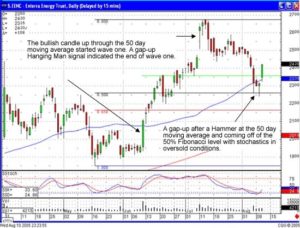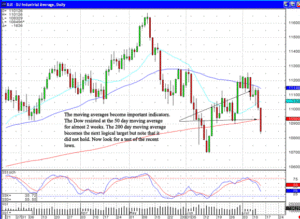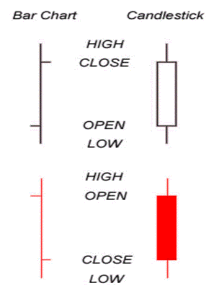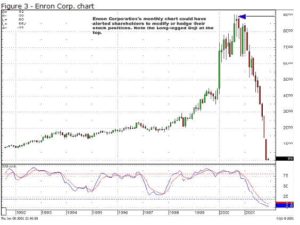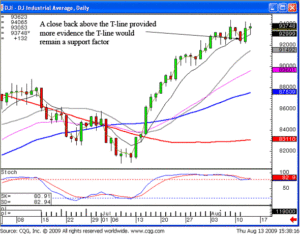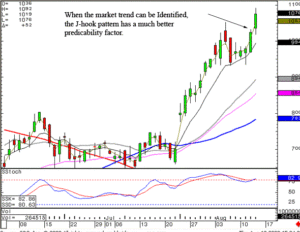When the market has just made a dramatic move and it is expected to consolidate, a possible stock option trading strategy to implement is to sell a straddle. This technique involves selling a call option and a put option on the same asset with the same price and expiration date. The result is a known, albeit limited gain and the danger is unlimited risk. Selling a straddle requires extreme caution and constant monitoring of the position, and the investor must be confident of his, or her, assumptions on the direction of the stock. A Sell Straddle is definitely not recommended for all investors; the risk reward ratio is not favorable to anyone but the most vigilant trader.
In a Sell Straddle, the risk is truly unlimited. The gain is composed of the premium that is received for selling the call option and the put option, minus any commissions. In most cases, when selling a straddle, the put and call that are sold on options that are over priced and at-the-money or close to it. This is done in response to a dramatic move that has occurred, when the expectation is that the market will consolidate and absorb its gains before moving again. Since the market is extremely volatile, the cost of the options is very high. When the market does consolidate, stock volatility will decrease and lower the price of the options, increasing the profits when the investor buys back the options at a lower price to close the position. With a Sell Straddle, decay also works in favor of the investor. While this is a somewhat complex transaction, a Sell Straddle is an excellent stock market strategy for an experienced trader.
A Sell Straddle requires that the investor monitor the position for unfavorable movement and, if necessary, buy back one of the options if there is any indication that the market will resume its trend or reverse direction. If there is an indication that the market will trend up, the trader should buy back the call; if the market appears to be trending down, the trader should buy back the put.
As with any transaction, it is important that the trader do technical analysis with Candlesticks. This trading system will help the investor to understand the movements in the market before attempting to enter a Sell Straddle. By using a stock trading system like Japanese Candlesticks, a trader can not only identify the mood of the market, but identify a stock poised for an implementation of a strategy like a Sell Straddle. The charting ability of Candlesticks is perfect for options research and the investor can be move with confidence using this system.
While a Sell Straddle isn’t recommended for all traders, it is one of the investment options that can create profits for a savvy investor. Using a tested stock trading plan, good fundamental and technical analysis skills, and a system such as Japanese Candlesticks, a trader will find this strategy to not only be a benefit to the bottom line, but also a skill to know, and implement, in the future.
